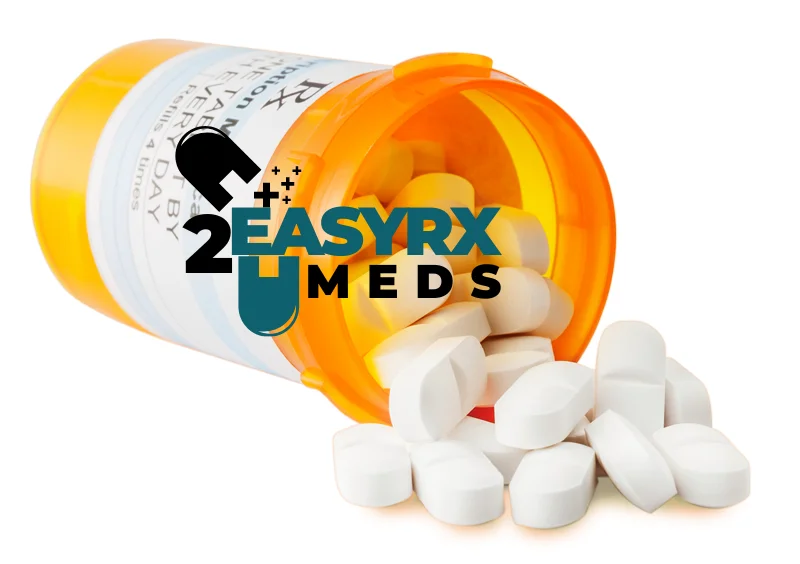There is no item in your cart
Description
What do you know about Methylphenidate:
Methylphenidate mechanism of action is a prescription medication primarily used to treat Attention Deficit Hyperactivity Disorder (ADHD) and narcolepsy. It’s a central nervous system (CNS) stimulant that affects chemicals in the brain and nerves contributing to hyperactivity and impulse control.
Here’s a breakdown of key details about Methylphenidate mechanism of action:
1. Mechanism of Action:
- Methylphenidate mechanism of action works by increasing the levels of dopamine and norepinephrine in the brain. These neurotransmitters are associated with attention, focus, and impulse control. By enhancing their levels, methylphenidate helps improve concentration and reduce hyperactivity.
2. Forms and Brand Names:
- Immediate-release (IR): These versions provide a quick onset but wear off after a few hours. Examples include Ritalin and Methylin.
- Extended-release (ER): These are designed for a longer duration, providing sustained effects over the day. Examples include Concerta, Ritalin LA, and Metadate CD.
- Transdermal patch: A form like Daytrana, which delivers methylphenidate through the skin.
3. Uses:
- ADHD (Attention Deficit Hyperactivity Disorder): Methylphenidate is one of the most common medications used to help manage symptoms such as inattention, impulsivity, and hyperactivity.
- Narcolepsy: It helps manage symptoms like excessive daytime sleepiness by promoting wakefulness.
4. Side Effects:
Common side effects include:
- Insomnia or difficulty sleeping
- Loss of appetite and weight loss
- Headache
- Increased heart rate or blood pressure
- Irritability or mood swings
More serious side effects can include heart problems, anxiety, and in some cases, potential for misuse or addiction (as it’s a stimulant with abuse potential).
5. Precautions:
- Contraindications: People with certain heart conditions, anxiety disorders, or a history of drug abuse should use caution or avoid methylphenidate.
- Drug Interactions: Methylphenidate mechanism of action can interact with antidepressants (especially MAO inhibitors), blood pressure medications, and other stimulants.
6. Potential for Abuse:
Methylphenidate has a potential for misuse, particularly among people seeking to enhance cognitive performance or for recreational use. It is classified as a Schedule II controlled substance in the U.S., meaning it has medical uses but a high potential for abuse.
7. Monitoring:
Patients on Methylphenidate mechanism of action typically require regular monitoring by a healthcare provider to ensure that the medication is effective and to minimize any risks of side effects or misuse.
Additional information
| Packets of Pills | 10 Pills, 20 Pills, 30 Pills, 40 Pills, 50 Pills |
|---|


Reviews
There are no reviews yet.